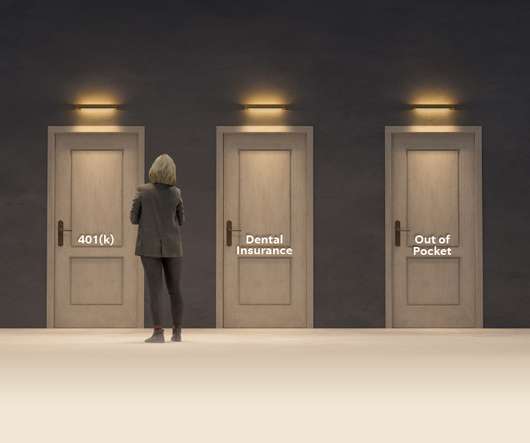5 ways to alleviate your employees' hesitations with choosing in an FSA
WEX Inc.
SEPTEMBER 7, 2023
Some individuals may be wary of reducing their take-home pay, especially if they are already on a tight budget. Illustrate how pre-tax contributions lead to significant savings over time, effectively reducing the impact on take-home pay. It is not legal, financial, or tax advice. Download now!














Let's personalize your content